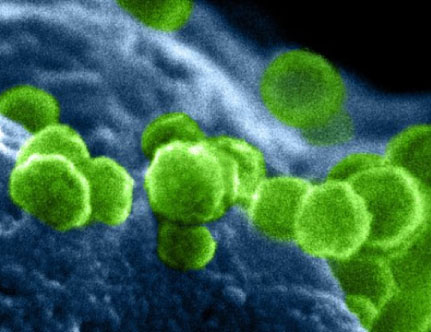
Factors associated with early menopause among women in Nigeria
| Author List |
|---|
| Patricia Agaba |
| Seema Meloni |
| Halima Sule |
| Amaka Ocheke |
| Emmanuel Agaba |
| John Idoko |
| Phyllis Kanki |
Abstract
Objectives: Effective antiretroviral therapy has prolonged the survival of patients with HIV. Accordingly, studies of the consequences of ageing are increasingly important. We determined the prevalence of early menopause (EM) and its associated factors in a cohort of HIV-infected and HIV-negative controls in Jos, Nigeria. Methods: HIV-infected women accessing care in an ambulatory setting and their negative counterparts from the general population were included. Menopause was defined as having gone one year since the last menstrual period. EM was defined as the onset of menopause at ≤45 years of age. Baseline characteristics were compared and logistic regression analyses were used to determine factors independently associated with EM. Results: Out of a total of 253 women included, 58 attained menopause early, giving an EM prevalence of 22.9% (95% confidence interval [CI] 17.9–28.6%). Women with EM were younger (P<0.001) and had been infected with HIV for a shorter period (P=0.007). Baseline CD4+ cell count (P=0.66) and viral load (P=0.15) were similar among those with and without EM. For all subjects, HIV infection (adjusted odds ratio [AOR}=10.95, 95% CI 1.39–86.33) and sexual activity (AOR=2.37, 95% CI 1.24–4.52) were associated with EM while early menarche (AOR=14.88, 95% CI 1.37–161.10) and sexual activity (AOR=2.02, 95% CI 1.03–3.96) were independently associated with EM. Conclusion: Over a quarter of our postmenopausal women attained menopause early. No HIV-related factor predicted EM in this study. A better understanding of ageing in these women is important to determine a more appropriate disease-management approach during this period of life.
Published
Article Category
HIV Treatment
Article Type
Original research
Posted Date
01-07-2017
| File Name |
|---|
| 1498900270jve-3-145.pdf |
 jve-3-145-g001.gif |